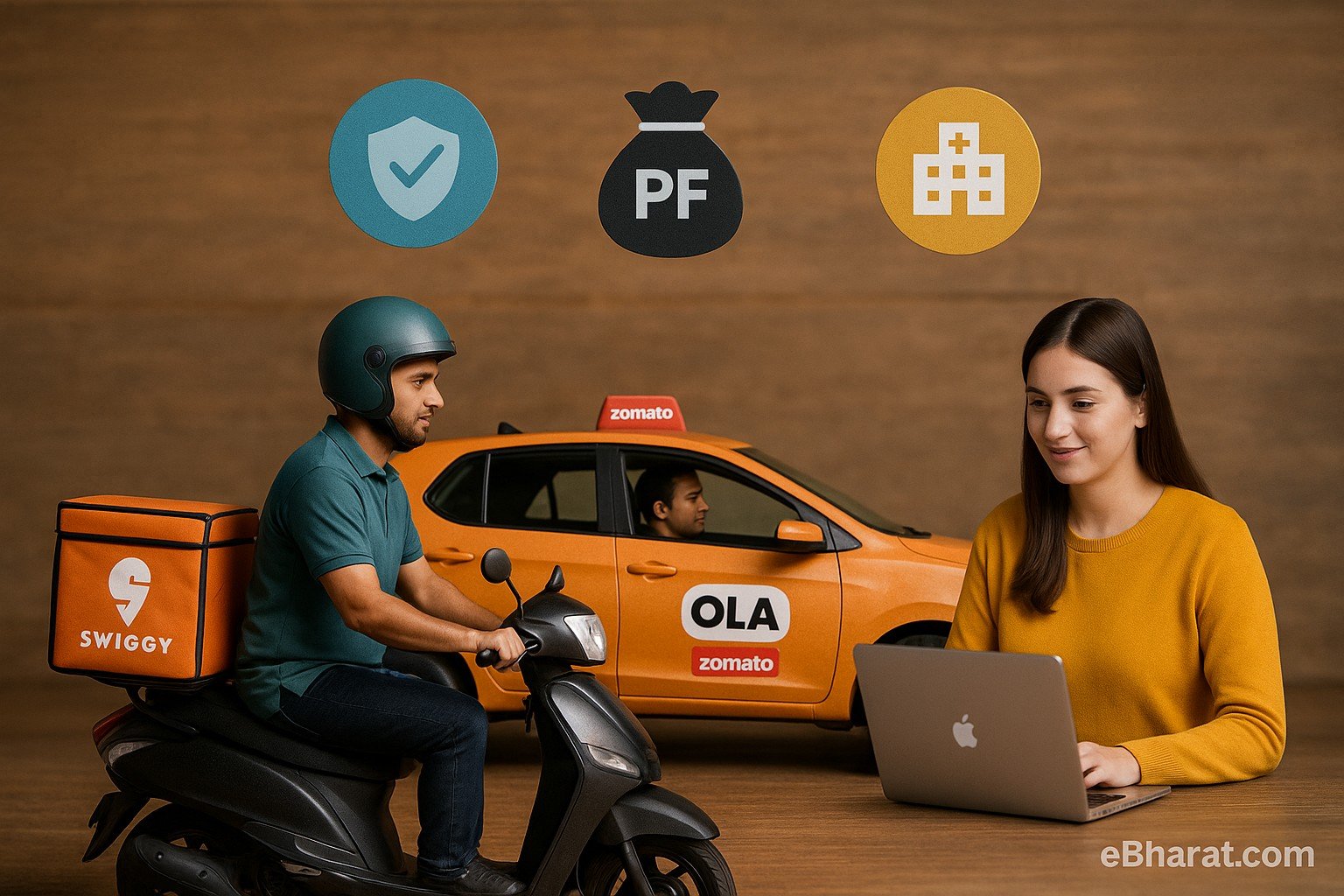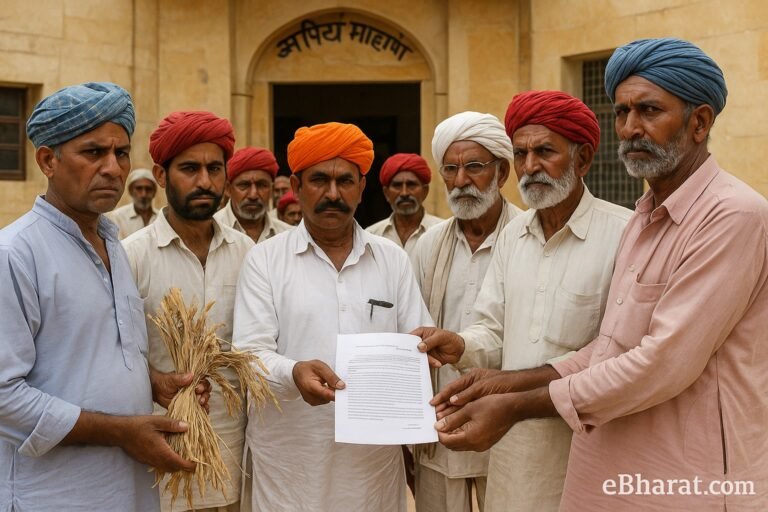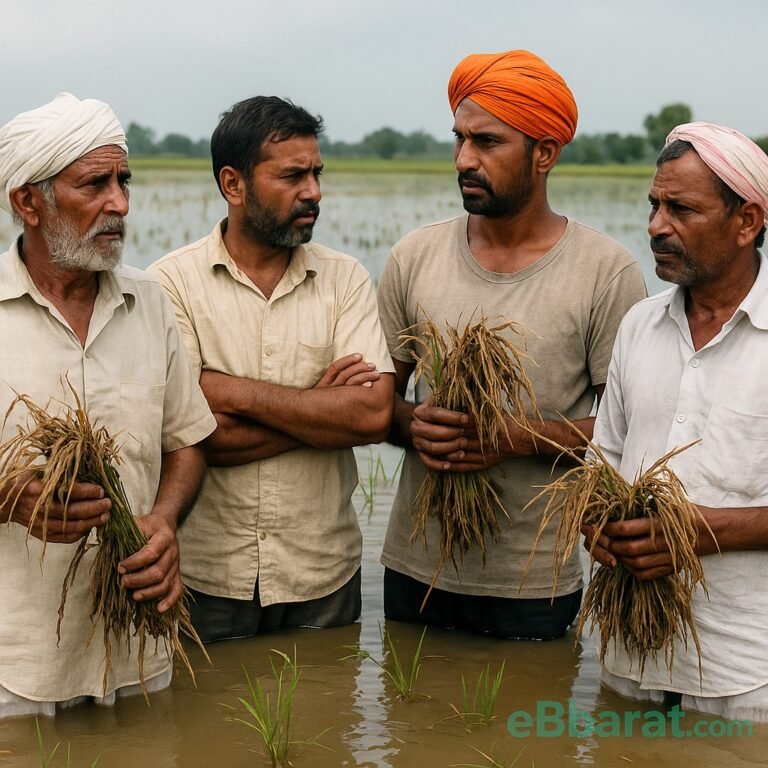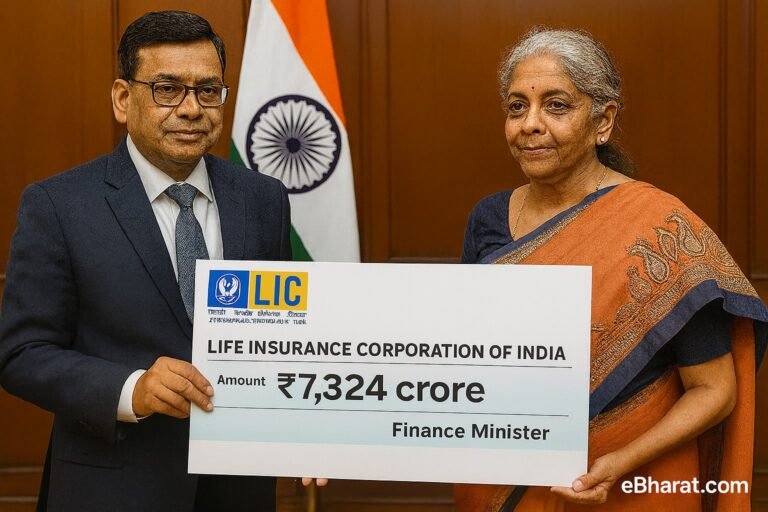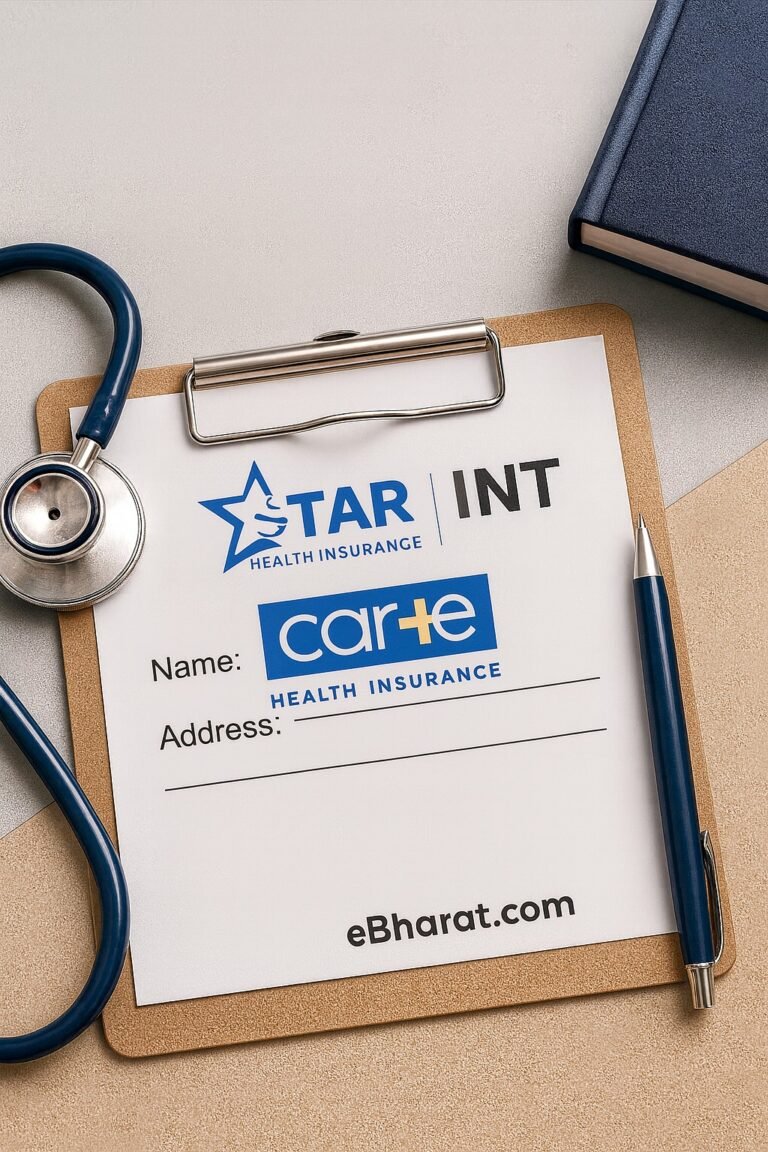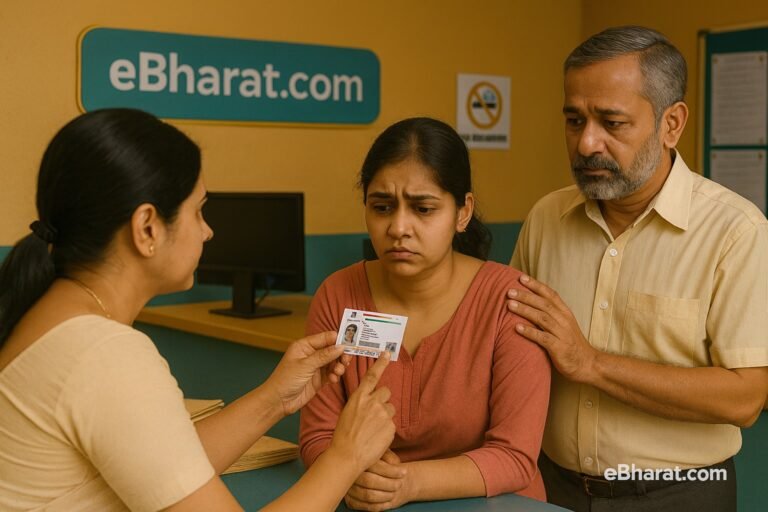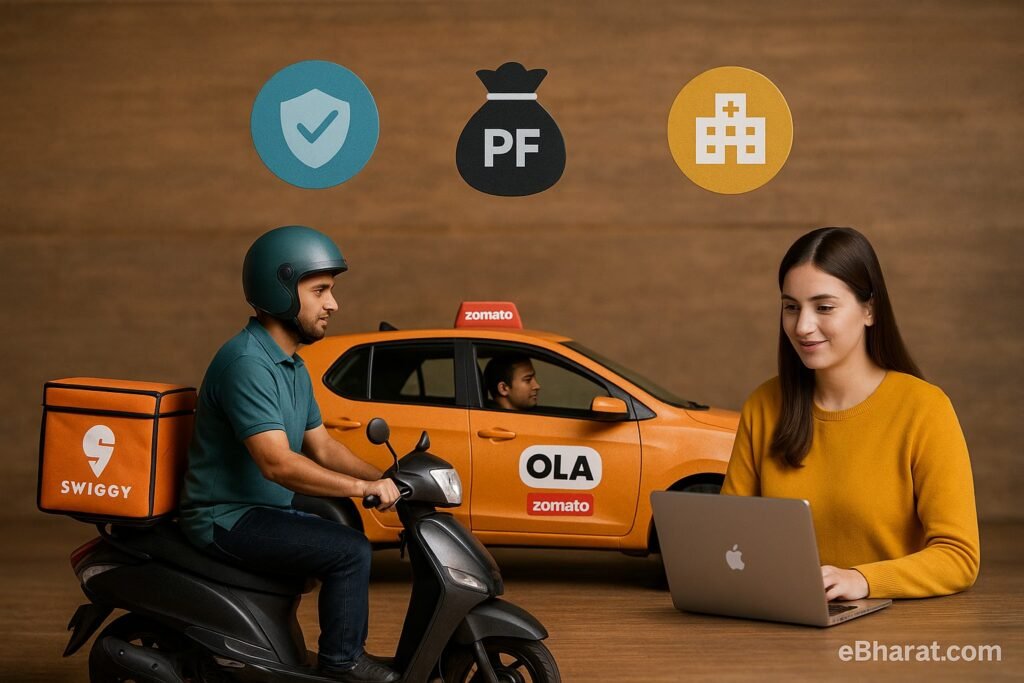
The Maharashtra government is preparing to set up a dedicated Social Security and Welfare Board for nearly 10 lakh gig workers in the state. This board, once operational, will ensure that platform-based workers — such as Zomato and Swiggy delivery executives, Ola/Uber cab drivers, e-commerce delivery staff, and other app-based freelancers — have access to insurance, provident fund (PF), and medical coverage.
The decision signals a turning point in the way India views gig workers, who form a backbone of the digital economy but often operate without financial safety nets.
Why Maharashtra’s Step is Crucial
- Largest Gig Workforce Hub
Cities like Mumbai, Pune, and Nagpur are among India’s busiest centres for food delivery, ride-hailing, and logistics. According to recent labour estimates, Maharashtra accounts for one of the highest concentrations of gig economy workers in India. - Lack of Formal Protection
Unlike regular salaried employees, gig workers are not covered under schemes like EPFO (Employees’ Provident Fund Organisation) or ESIC (Employees’ State Insurance Corporation). Many work on a per-delivery or per-ride basis without job security or benefits. - High-Risk Working Conditions
Delivery riders and cab drivers face long working hours, traffic risks, and rising fuel costs. Without insurance, an accident or hospitalisation can wipe out their savings.
Maharashtra’s proposed welfare board aims to address these challenges by providing a structured safety net for this vulnerable workforce.
What Benefits Are Planned for Gig Workers?
1. Insurance Coverage
- Health Insurance: Cashless hospitalisation for workers and their families.
- Accident Insurance: Protection in case of road accidents — a major risk for delivery and cab workers.
- Life Insurance: Financial support to families in case of unforeseen deaths.
2. Provident Fund (PF) System
- A contribution-based savings system that will help gig workers build a retirement fund.
- May be structured as a tripartite contribution model — where workers, the state government, and platforms contribute jointly.
3. Medical Coverage & Social Benefits
- Access to state health schemes like Ayushman Bharat and Mahatma Jyotiba Phule Jan Arogya Yojana.
- Tie-ups with private hospitals to ensure cashless OPD and emergency services.
- Future inclusion of maternity benefits, skill upgradation funds, and pension-like schemes.
👉 If you want to explore which health insurance suits your needs as a gig worker, try Insurance+ here.
👷 Maharashtra’s Gig Worker Welfare Board
Source: Maharashtra Govt. Announcement (2025)
Challenges in Implementation
While the intent is strong, there are challenges ahead:
- Who Pays the Contribution?
Gig platforms often classify workers as “partners” to avoid social security costs. Ensuring that companies like Ola, Uber, Zomato, and Swiggy share responsibility will be critical. - Database Management
Collecting accurate details of lakhs of workers across urban and rural Maharashtra is a massive administrative task. - Sustainability
Experts warn that unless contributions are carefully structured, the board could face financial strain in a few years.
Despite this, labour unions have welcomed the announcement, calling it a step towards recognising gig workers as mainstream contributors to India’s economy.
Bigger Picture: Gig Economy in India
- National Scenario: According to NITI Aayog, India had around 77 lakh gig workers in 2020–21, and this number is expected to grow to 2.3 crore by 2030.
- Global Comparison: Countries like the UK and US already provide limited social security benefits to gig workers. India is now catching up by recognising this workforce officially.
- Other States: Rajasthan recently introduced a Gig Workers Welfare Act (2023) with provisions for insurance and welfare funds. Maharashtra’s move could add momentum at a national level.
Why This Matters for Every Indian
- Protecting Youth
Most gig workers are under 35 years of age. Giving them social security will not only improve their lives but also boost India’s future economic productivity. - Boosting Insurance Penetration
By covering 10 lakh workers, Maharashtra can significantly increase health and accident insurance penetration in India, supporting IRDAI’s long-term vision of “insurance for all by 2047.” - Stability in the Gig Economy
Workers with PF and insurance are likely to stay longer with platforms, improving reliability of services for customers.
Final Word
Maharashtra’s push for a Gig Worker Welfare Board is more than just a state policy — it’s a recognition of India’s changing workforce. If implemented effectively, it will give lakhs of delivery partners, drivers, and freelancers the dignity of financial protection that every worker deserves.
Want to play a role in this fast-growing industry? Click here to Become an Insurance Agent and help spread insurance awareness among India’s workers and families.
👷 Empowering India’s Gig Workforce
Whether you’re a delivery rider, cab driver, or freelancer — insurance and financial protection are now within your reach. Compare the best health & accident plans for workers, or take the next step and start your journey as an Insurance Agent.

